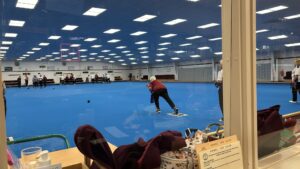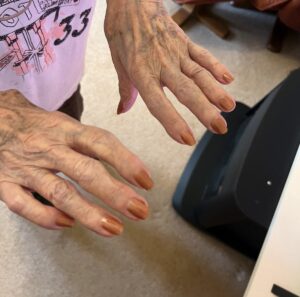How the simple task of making a cup of tea can go so wrong. A recent inquest revealed that 82‑year‑old David Hayes, living with Alzheimer’s disease, died after pouring washing detergent into his tea instead of milk due to cognitive confusion – highlighting the importance of considerations to dementia, confusion and household risks. The product’s design, a white container resembling a milk bottle, was identified as a key factor. His death was ruled accidental and has prompted urgent warnings from safety authorities regarding product packaging and public awareness. Read the full story here.
Understanding the Hidden Dangers of Everyday Items
David’s tragedy isn’t unique. In similar cases:
-
A Dublin man mistakenly poured detergent over his cornflakes instead of milk, leading to fatal poisoning. Read the full story here.
-
A 93-year-old woman with dementia died after eating brightly coloured laundry pods that looked like sweets – again triggering a coroner’s warning on packaging safety. Read the full story here.
These incidents highlight a stark reality: people with cognitive impairment can accidentally mistake hazardous household items for food or drink, putting them at serious risk.
Why Safe Living Environments Matter for People with Dementia
1. Reduce Cognitive Overload
As dementia progresses, everyday tasks like identifying containers or reading labels can become confusing. Choosing clear – and where possible child-proof – storage helps reduce mistakes.
2. Avoid Risks from Familiar Items
Cleaning products stored in containers that resemble food packaging increase the risk of fatal confusion. Bright colours, familiar shapes, and easy access all heighten danger.
3. Ensure Staff Awareness and Diligence
Even with family or carers present, accidents can occur when individuals are unsupervised or act impulsively. Care professionals must remain vigilant and supported by robust processes.
How Braeburn Care Supports Safety at Home
Comprehensive Environmental Risk Assessments
Before care begins, we assess the home for potential hazards, paying close attention to:
- How household chemicals are stored
- Visual cues and potential confusion points
- Suitability of kitchen and bathroom access
Regular Review and Adjustment
We periodically reassess environments (especially following episodes of confusion, medication changes, or falls) to ensure ongoing safety and adapt as dementia progresses.
Staff Training & Clear Documentation
Our training ensures care staff can:
- Recognise cognitive confusion and its risks
- Safely monitor risky items and communicate concerns promptly
- Log incidents and feedback in our care notes for swift follow‑up
Digital Care App Transparency
Authorised relatives can review care visit notes, including any concerns about hazards or accessibility—all securely logged and preferably via email or Care Planning.
Tips for Families & Supporters
- Store cleaning products in locked or out-of-reach cupboards
- Avoid using decanted containers that resemble food or drink packaging
- Be especially cautious about colourful pods or brightly labelled bottles
- Schedule assistants or family oversight during key times of confusion – for instance after medication changes or during nighttime activities
Dementia, Confusion and Household Risks
The heartbreaking cases of David Hayes and others underscore a vital lesson: safe environments save lives, especially for those living with dementia. At Braeburn Care, we’re committed to embedding that protection in our care planning, staff training, and onboarding processes.
If you’d like guidance on home safety reviews, environmental checklists, or how to safeguard someone living with dementia, please contact our team. We’re here to help families keep their loved ones safe with compassion and expertise.













